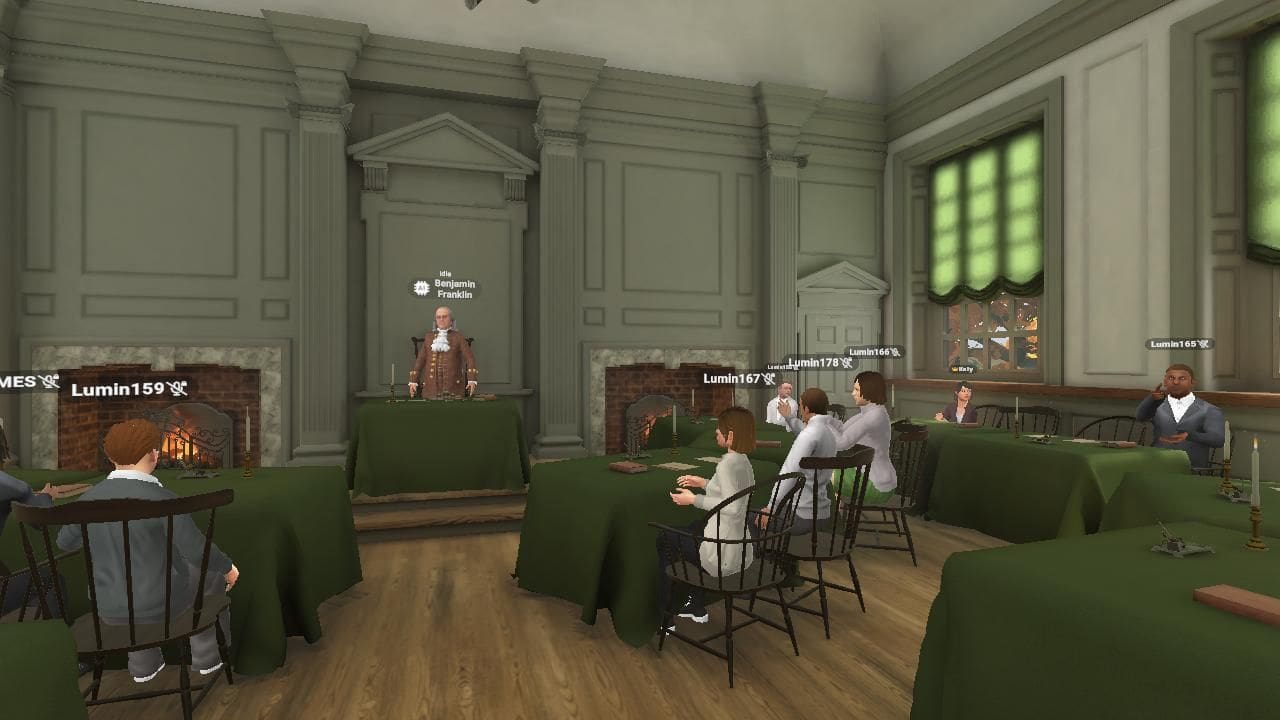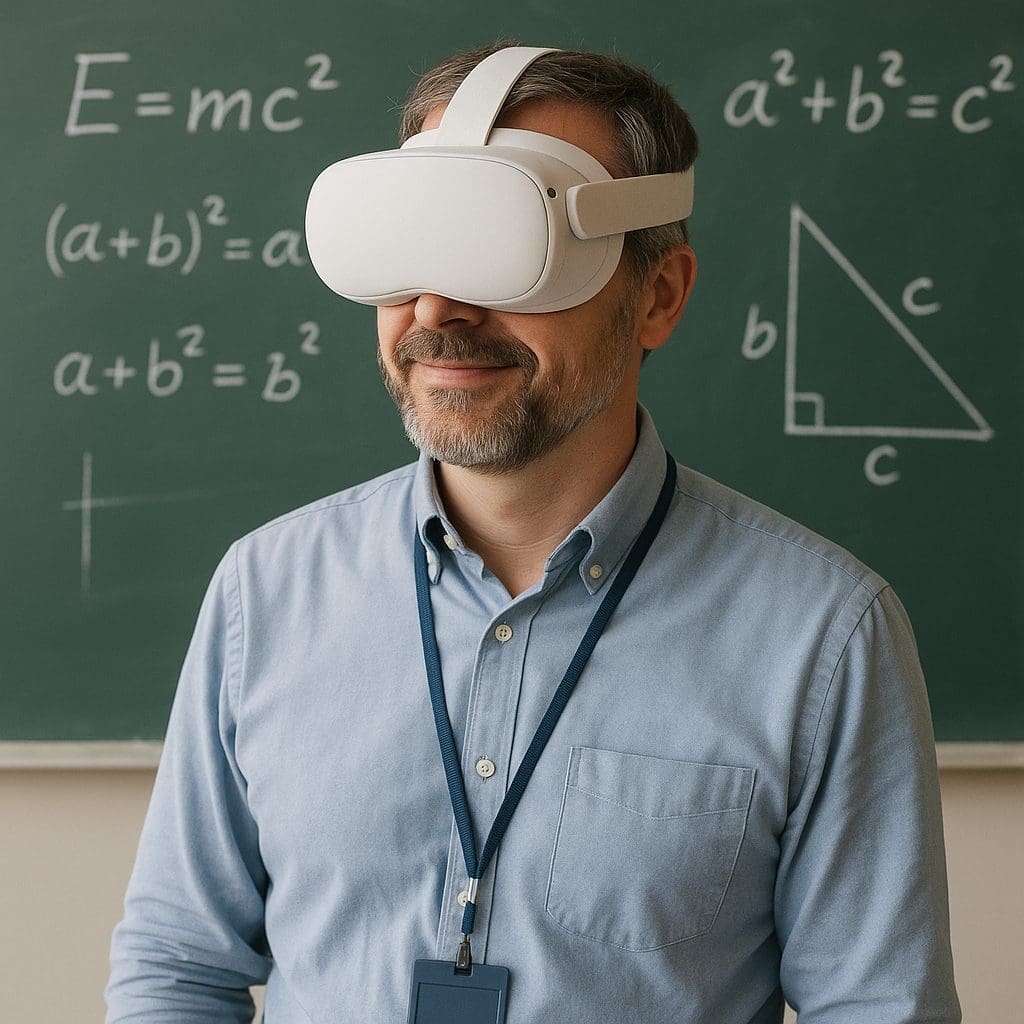
 In today’s digital-first world, information is everywhere—but so is misinformation. As artificial intelligence rapidly advances, the challenge facing K–12 educators isn’t just helping students access information but teaching them how to evaluate it critically. From AI-generated deepfakes to viral social media hoaxes, students must now develop digital discernment as a core academic skill.
In today’s digital-first world, information is everywhere—but so is misinformation. As artificial intelligence rapidly advances, the challenge facing K–12 educators isn’t just helping students access information but teaching them how to evaluate it critically. From AI-generated deepfakes to viral social media hoaxes, students must now develop digital discernment as a core academic skill.
For teachers, principals, and school administrators, this moment presents a powerful opportunity: to embed critical thinking and media literacy across the curriculum in ways that are engaging, relevant, and future-proof.
The Misinformation Landscape Has Changed
Gone are the days when media literacy focused solely on identifying biased articles or spotting clickbait headlines. Today’s misinformation is often algorithmically personalized, visually convincing, and emotionally charged—especially when amplified by AI tools that can fabricate realistic images, audio, and even research.
Students are digital natives, but that doesn’t mean they’re digitally literate. Studies show that many students struggle to distinguish between trustworthy and unreliable sources. And with AI tools making misinformation more sophisticated and harder to detect, educators need new strategies and resources to stay ahead.
Critical Thinking as a 21st Century Skill
At its core, combating misinformation isn’t just about fact-checking—it’s about cultivating curiosity, skepticism, and the cognitive tools students need to ask, “How do I know this is true?”
This means integrating critical thinking into every subject area. Whether it’s analyzing the credibility of a historical source, interpreting data in a science report, or discussing current events in civics, students must practice evaluating claims, identifying logical fallacies, and understanding how bias can shape information.
 Strategies for the Classroom
Strategies for the Classroom
Here are several practical ways K–12 educators can help students become critical thinkers in the age of AI:
- Model Source Evaluation: Show students how you determine if a source is reliable. Use real-world examples and walk through your reasoning.
- Teach Lateral Reading: Encourage students to verify claims by reading multiple sources and checking who is behind the information they consume.
- Explore AI Ethics and Tools: Introduce students to how generative AI works—and how it can be used to both support learning and spread false narratives.
- Create Media Literacy Units: Design interdisciplinary projects where students analyze news, social media, or AI-generated content for accuracy and bias.
- Encourage Healthy Skepticism: Help students understand that questioning information is not about being distrustful—it’s about being thoughtful and thorough.
How Schools Can Lead the Way
School leaders can support this shift by providing professional development focused on media literacy and AI literacy. Partnerships with EdTech companies, access to vetted curriculum tools, and time for collaborative planning can empower teachers to confidently integrate these topics into their classrooms.
Additionally, equipping students with safe, immersive technologies—like Optima’s virtual reality education tools—can provide experiential learning opportunities that reinforce analytical thinking. For example, students might explore historical events through immersive reenactments while comparing primary sources from different perspectives.
The Road Ahead
AI will continue to evolve, and so will the ways misinformation is spread. But by grounding students in critical thinking, ethical reasoning, and media literacy, educators can prepare them not only to spot falsehoods but to be thoughtful, informed citizens in a rapidly changing world.
At Optima, we’re committed to helping schools harness technology to deepen—not dilute—learning. Let’s equip the next generation with the tools they need to question wisely, think independently, and lead responsibly.






